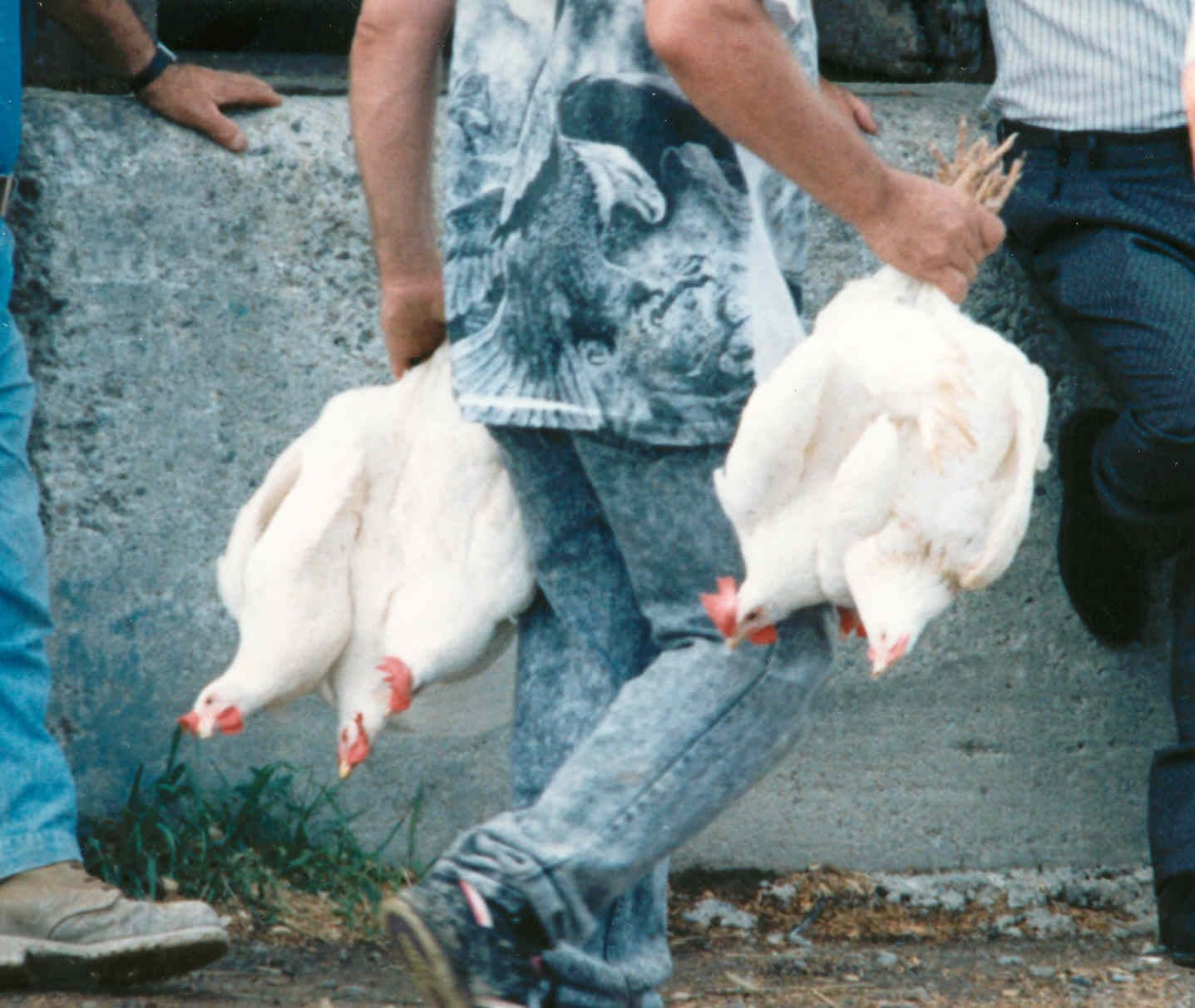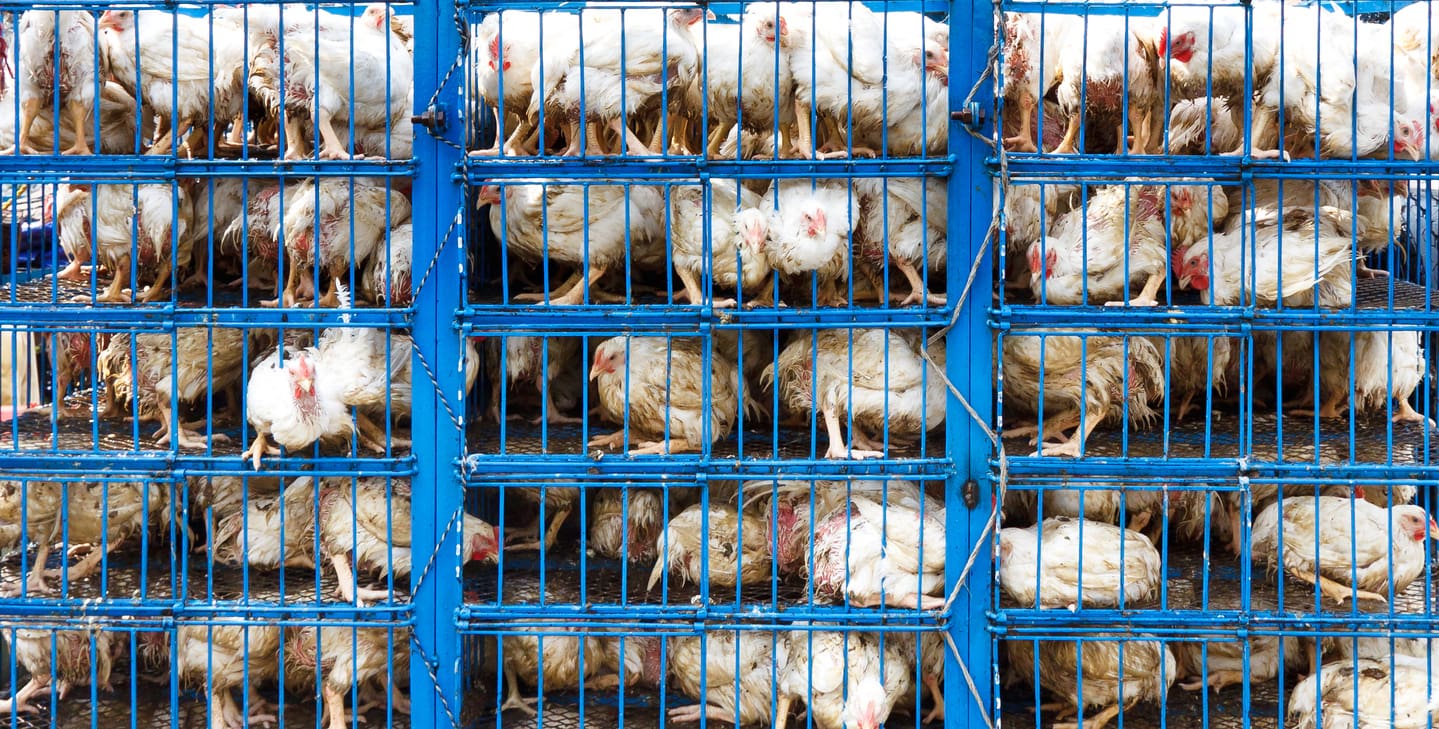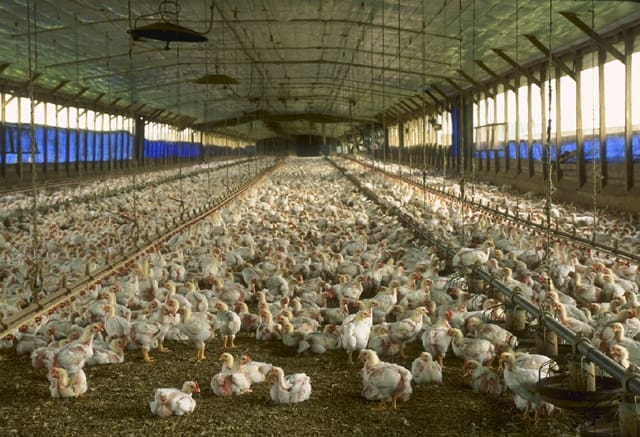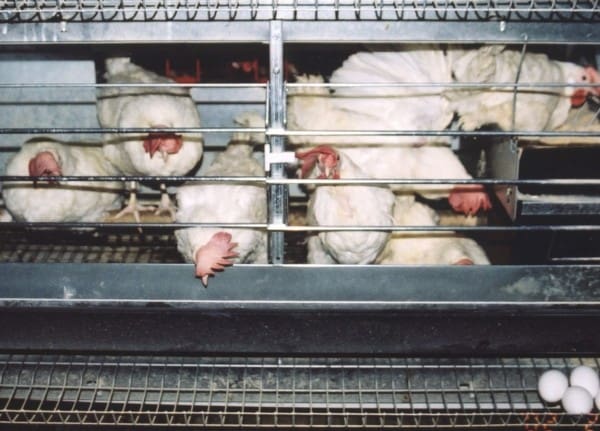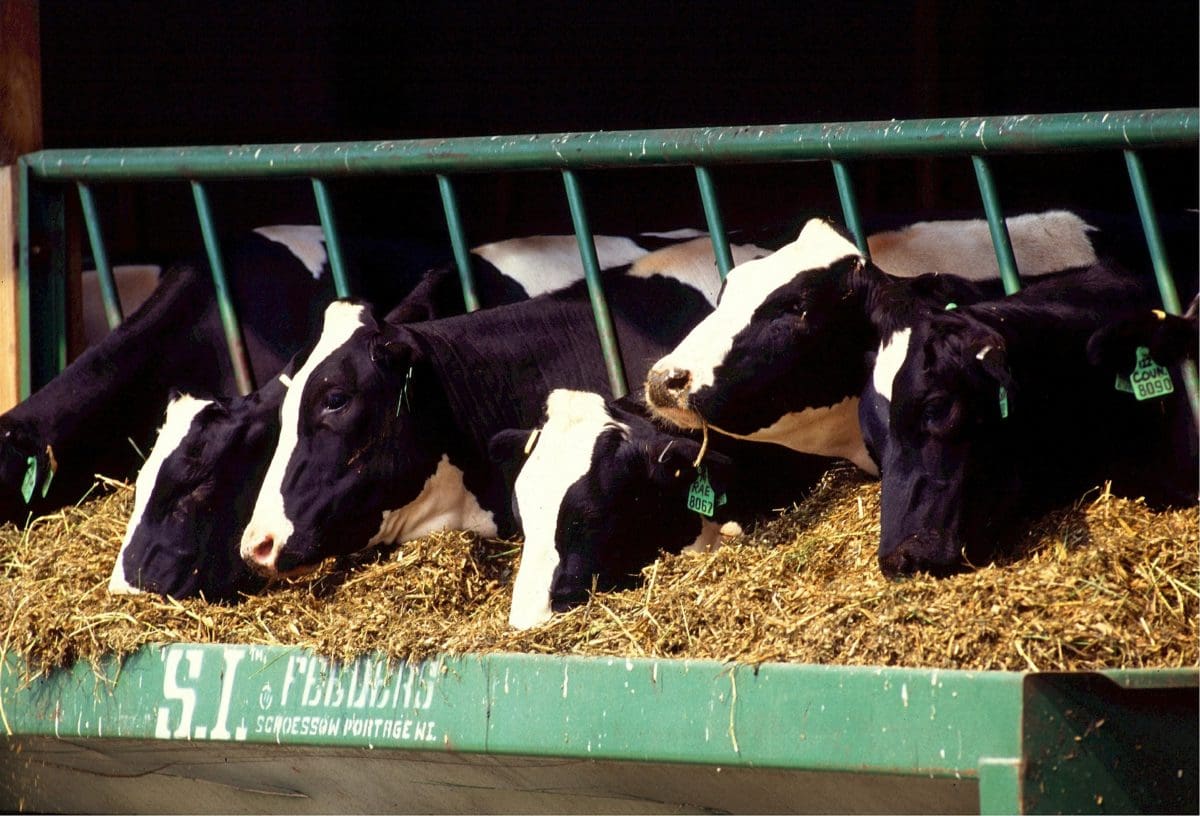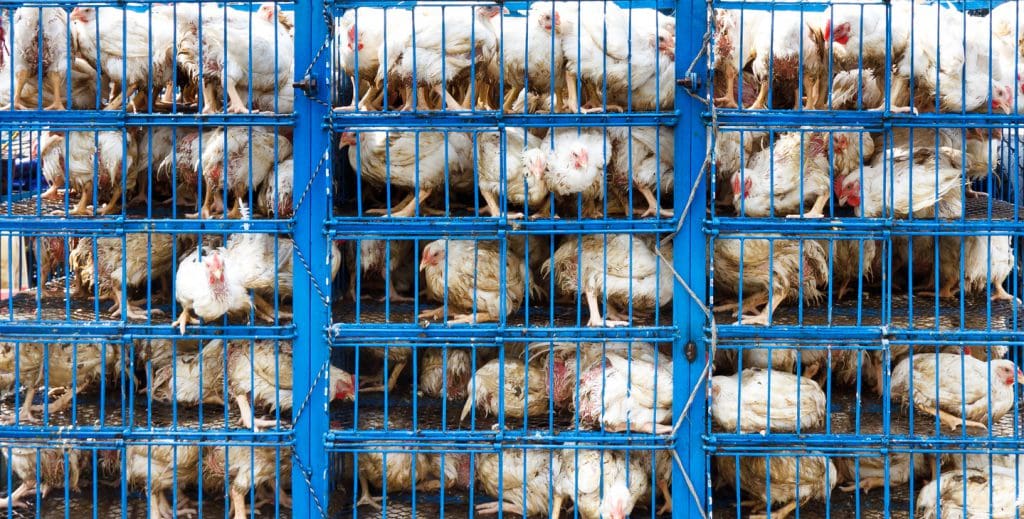Article originally published in the Georgia Straight.
A controversial gene-editing technology may soon be widely applied to animals, with the livestock and biotech industries claiming that animals will be better off as a result. The truth is more complicated—and perhaps more disturbing—than they would have us believe.
A Chinese scientist stunned the world last month when he revealed he had created the first gene-edited babies using CRISPR (Clustered Regularly Interspaced Short Palindromic Repeats), a powerful new technology that can remove specific genetic traits. The scientist, He Jiankui, has been widely condemned by the scientific community as reckless and unethical, and the case has stoked public fears about the creation of “designer babies”, but CRISPR raises wider ethical implications—in particular, its use with animals.
Researchers have already used CRISPR to edit the genes of a variety of animals, and the creation of gene-edited farm animals is poised to become a commercial reality. The livestock industry and the biotech companies behind it are promoting CRISPR as a boon to animal welfare.
For example, CRISPR can create cows without horns, which are currently removed through painful procedures (e.g., cutting or burning) to reduce risk of injury to other animals and human handlers. CRISPR advocates say the need for those procedures would disappear. Genes can also be altered to make cattle more heat-tolerant or to produce pigs that are resistant to disease, suggesting a future with healthier, more resilient farm animals. Animal-welfare benefits are prominent in media coverage of CRISPR’s potential—and it’s no accident.
Recombinetics, a U.S. biotech company, has been careful to promote these benefits as opposed to the advantages to production. As the company’s chief executive officer, Tammy Lee, told Associated Press: “It’s a better story to tell.”
There is another, more ethically complex, story. While some of the applications of CRISPR to farm animals may improve certain aspects of animal welfare, there are fears that, taken together, they will be used to further intensify industrialized animal farming. Hornless, disease-resistant, weatherproof animals are easier to manage, transport, and keep in crowded conditions. There is little incentive for producers to invest in more humane husbandry. In short, cruel factory farming remains. It will just be more efficient.
Researchers are also promoting gene-editing as a means to create “double-muscled” animals (for more meat), but this could also cause unintended health problems. One attempt to produce meatier, gene-edited pigs resulted in deformed piglets that were unable to walk, dying shortly after birth. Double-muscled cattle produced by conventional selective breeding are more susceptible to respiratory disease, lameness, stress, and difficulty giving birth. Gene-editing will make it easier to create such animals, but the welfare consequences will be the same.
Any attempt by Big Agriculture to paint gene-editing as an amazing breakthrough in improving animal welfare should be treated with skepticism. Remember, these are the people who—through selective breeding for more meat—brought us chickens that grow so fast they are crippled by their own weight, leading to heart disease, skeletal disorders, and lameness. They are the architects of a system that has crowded billions of animals into cages, crates, feedlots, and transport trucks, causing incalculable suffering. Can they and their biotech partners really be trusted when they claim that they’re advancing a world-changing technology just to make animals happier?
Even if these industries are sincere in their promotion of gene-editing to improve farm-animal welfare, their proposals amount to applying technological, piecemeal quick fixes to the cruelty of factory farming, a problem requiring abolition, not tinkering.
Industrialized animal agriculture has been shown by science to be not only cruel to animals but also devastating to our environment and detrimental to human health. It’s a system that can’t be fixed. But it can replaced—by one that focuses on the production and consumption of plant-based foods.
The rise in popularity of plant-based alternatives to meat has been well-documented. Vegan and vegetarian foods are now competing with animal-based products on taste, price, and convenience. Investment and innovation in plant-based foods have exploded in the past few years and look set to continue. (The Economist magazine is calling 2019 “the year of the vegan”.) These developments offer a different path forward, one without mass animal suffering, environmental degradation, and the negative health consequences of a meat-heavy diet.
The other path, which maintains our dependence on animal incarceration and slaughter, promises only to further commodify animals by engineering them to suit our needs and desires. It’s a path to a world in which animals have no value beyond their use to humans.
By perpetuating the treatment of animals as products we not only diminish them but also ourselves and our humanity.


